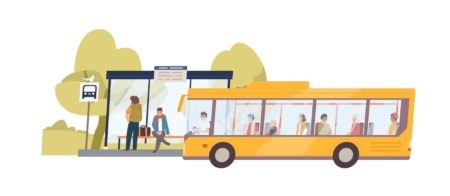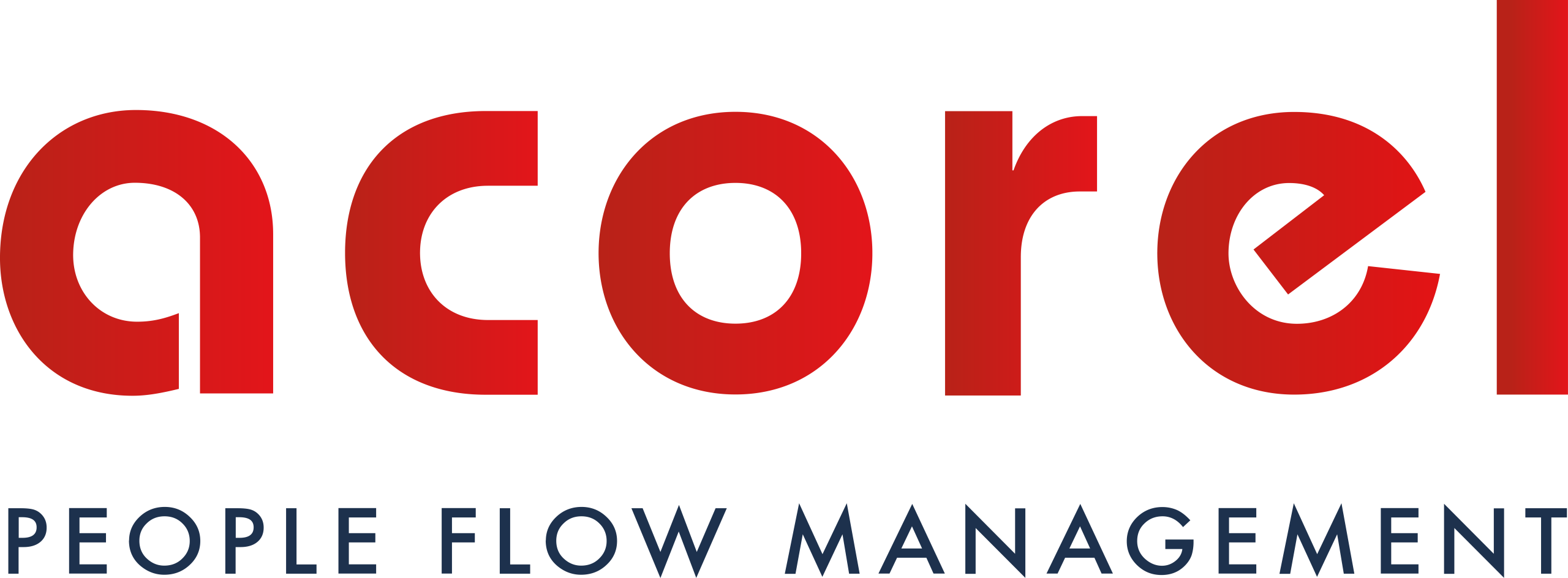How to best optimise costs ?
It is obvious that cost optimisation is a major challenge for transport operators. To achieve this, they seek to :
- Increase ridership on their network: à It is essential to make users want to use public transport. The operator must therefore provide an adapted offer and comfort to passengers
- Reduce costs through better management of operations: The operator must be able to adjust the transport plan efficiently, allocate the necessary resources and finally size the fleet according to the real needs
- Better revenue sharing: Based on factual indicators
- Fight against fraud: By having the right information at hand to act effectively.

Cost optimisation and flow management
To meet these economic challenges, transport operators must have a perfect knowledge of passenger flows on their network in order to analyse them and implement the necessary actions. And for this, statistics are not enough. They need very accurate passenger data through automatic people counting solutions.
One of our long-standing customers, the RTM network in Marseille, demonstrates the value of this type of solution and of precise flow management to optimise their costs and operations.
RTM is the public transport operator in Marseille and its agglomeration and uses automatic passenger counting to define a travel offer tailored to the needs of its customers.


Journey times and vehicle load
To adjust its offer, RTM needs to know two essential pieces of information: journey times and vehicle load (the number of people on board). With this system, which is based on the recording of customers’ boarding and alighting, RTM obtains a representation of the average load (called the “load snake”) on each bus and tram line equipped, for five typical periods: winter/week, Saturdays, Sundays, school holidays and summer.
Objective and reliable data
RTM’s teams thus have access to relevant indicators to guide their thinking: total load, peak loads, boarding/alighting at each stop, etc. Counting data allows RTM to support, at the network level, the observations made by its staff in the field. They are also more complete than ticketing data (which do not include fare evaders) and more representative than origin/destination surveys (which are ad hoc in nature).
Decision-making support
Counting data, which helps to better understand customer habits, is also used to guide a number of decisions: the impact of a line diversion in the event of roadworks, the transfer of ridership when a new line is opened, the allocation of more efficient vehicles, the benefits associated with the development of junctions and stops, etc.
Do not hesitate to consult our public transport page by clicking here
